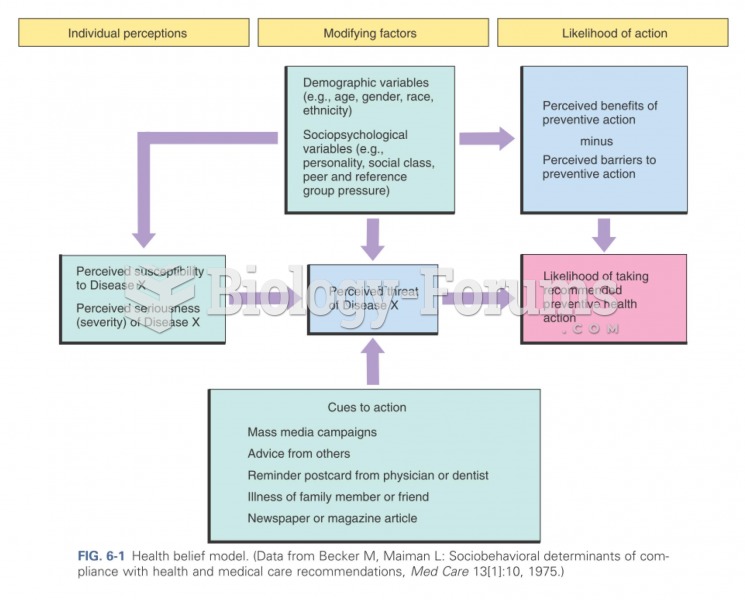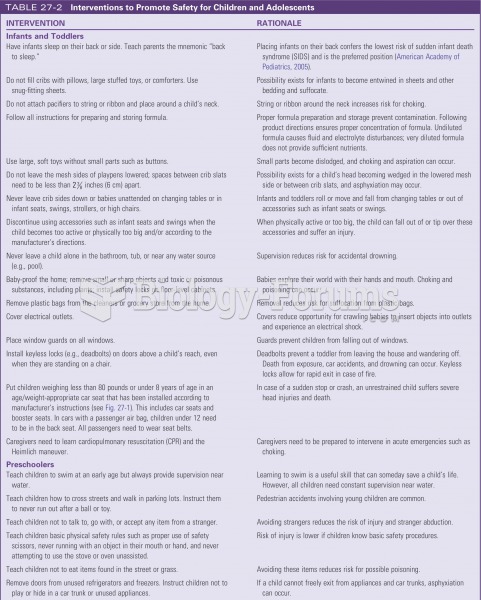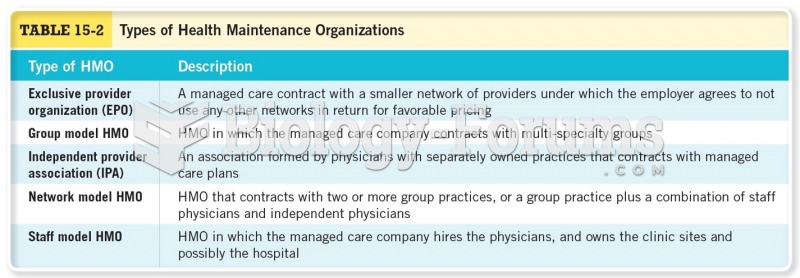Answer to Question 1Employees may play the most important role of all in maintaining a quality work environment. This role involves working safely themselves and insisting that their fellow employees do the same. Specifically, employees are responsible for doing the following: 1) complying with all applicable safety rules and regulations; 2) following instructions from managers, supervisors, and safety professionals; 3) asking questions to clarify when in doubt about a course of action; 4) calling hazardous conditions to the attention of the supervisor or safety professional; 5) reporting all accidents and near misses to the supervisor or safety professional; 6) reporting damage to company property and equipment to the supervisor; 7) performing all necessary housekeeping chores promptly and regularly; and

projecting a positive attitude toward safety.
Answer to Question 2Supervisors play a key role in maintaining a quality work environment. They represent the level of management closest to employees and subcontractors on a day-to-day basis. Consequently, supervisors carry the primary responsibility for ensuring that employees do the following: 1) comply with all applicable rules and regulations; 2) put safety ahead of other factors (without using it as an excuse for not getting the job done); 3) attend periodic safety meetings/discussions; 4) participate in safety training; 5) properly use personal protective equipment; 6) promptly report accidents and near misses; 6) do the necessary housekeeping chores everyday; 7) maintain a positive attitude toward safety; and

speak out when other employees are engaging in unsafe practices.
Answer to Question 3Job site inspections are an important component of a company's overall safety and health program. They represent a proactive approach to ensuring a quality workplace by identifying hazardous conditions and eliminating them before they cause accidents and injuries. The safety audit is an effective way to conduct an on-site inspection. It involves creating a checklist that is tailored to the job site in question and using it as a guide when conducting the audit. Job site inspections are typically conducted by the company's safety and health professional. However, supervisors can also conduct audits using checklists prepared by the safety professional. In smaller companies, supervisors prepare the checklist and conduct the audit.







